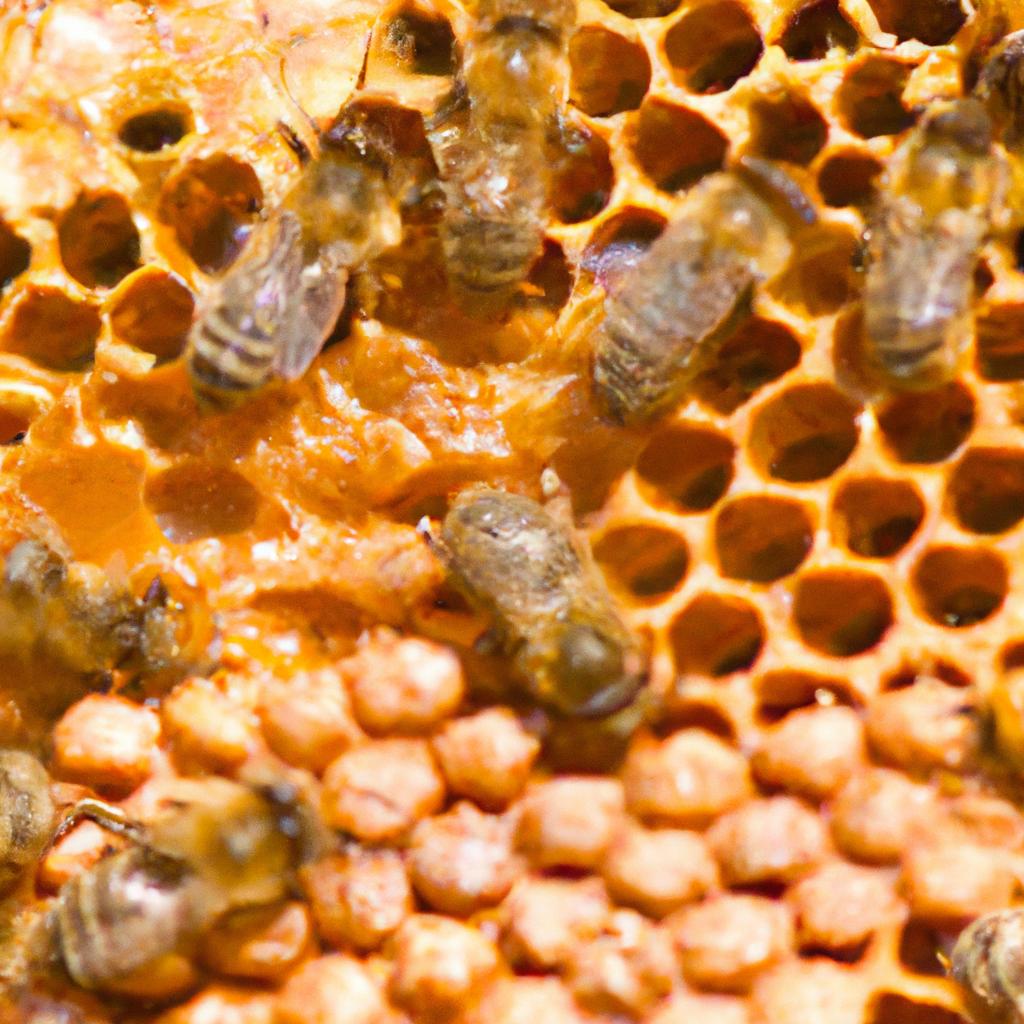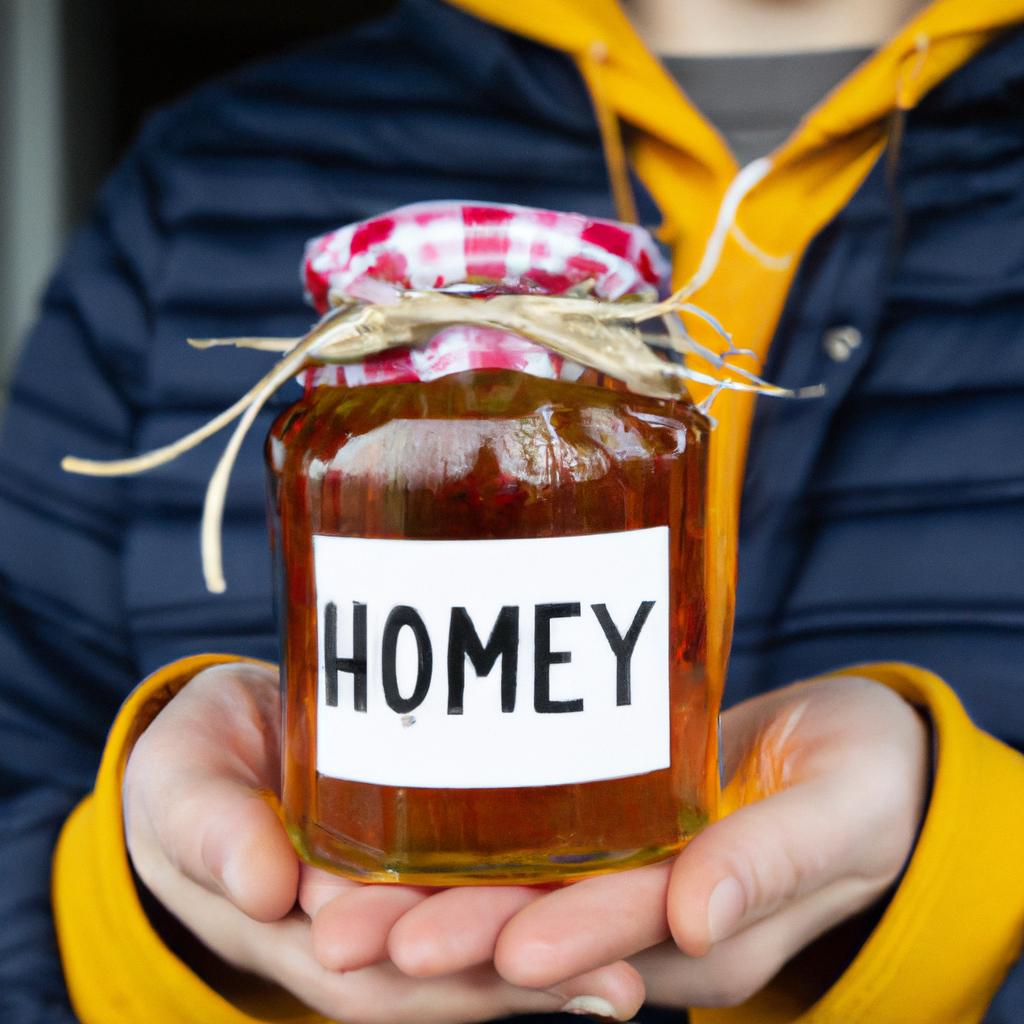Beekeeping is an age-old practice that has been around for centuries. Over the years, beekeeping has evolved, and modern beekeepers have shifted their focus on honey production. Harvesting honey from a beehive is an exciting experience for every beekeeper, and knowing how much honey a hive can produce is crucial. In this article, we will explore how much honey you can harvest from one hive, factors affecting honey production, estimating honey yield, harvesting honey from a hive, and maximizing honey production.
Factors Affecting Honey Production

Several factors can affect the amount of honey a hive can produce. Climate and weather conditions are significant factors that can impact the nectar flow. Bees thrive in moderate temperatures, and extreme weather conditions can affect their activity levels. When temperatures are too high, bees tend to stay inside the hive, and nectar flow decreases. On the other hand, low temperatures can also affect the nectar flow as bees require warmth to fly and collect nectar.
Availability of nectar and pollen is another significant factor that can affect honey production. Bees collect nectar and pollen from flowers to produce honey. Therefore, the amount and quality of nectar and pollen in the environment can impact honey production. Beekeepers should ensure that there are enough flowers in the vicinity of the hive to provide adequate nectar flow. Additionally, beekeepers can plant bee-friendly flowers and plants to increase nectar flow and improve honey production.
Hive management practices also play a significant role in honey production. Beekeepers must ensure that the hive is healthy and free from diseases and pests. Regular hive inspections and maintenance can help prevent disease outbreaks and pest infestations, which can significantly impact honey production. Beekeepers should also ensure that the hive is properly ventilated, and the bees have adequate space to store honey. Proper hive management practices can help ensure healthy bees and optimal honey production.
Estimating Honey Yield

Estimating the honey yield of a beehive is crucial for beekeepers as it helps them plan their harvest and manage their production. The formula for calculating honey production is relatively simple. Beekeepers can estimate honey production by multiplying the number of frames of honey by the weight of each frame. The average weight of a full frame of honey is approximately 6-7 pounds. Therefore, if a beehive has ten frames of honey, the estimated honey yield would be approximately 60-70 pounds.
The average honey yield per hive can vary depending on several factors such as the size of the hive, the location, and the availability of nectar flow. On average, a healthy beehive can produce anywhere between 30-100 pounds of honey per season. It is essential to note that honey production can vary significantly from hive to hive and season to season. Therefore, beekeepers must regularly monitor their hives and adjust their management practices accordingly.
Harvesting Honey from a Hive
Harvesting honey from a hive is one of the most exciting experiences for beekeepers. However, it is essential to have the right tools and equipment and follow the proper process to ensure a successful harvest. The tools and equipment needed for harvesting honey include a bee suit, gloves, a smoker, a hive tool, a bee brush, a honey extractor, and jars for storing honey.
The step-by-step process for harvesting honey involves several crucial steps. Firstly, the beekeeper must inspect the hive and ensure that the honey frames are full and ready for harvest. Secondly, the beekeeper must prepare the hive by smoking the bees to calm them and make them less aggressive. Thirdly, the beekeeper must remove the honey frames from the hive using a hive tool and a bee brush. Fourthly, the beekeeper must extract the honey from the frames using a honey extractor. Lastly, the beekeeper must store the honey in clean, airtight jars away from sunlight and heat.
It is crucial to note that safety measures are essential when harvesting honey from a hive. Beekeepers must wear protective clothing to prevent bee stings, and it is essential to approach the hive calmly and slowly to avoid agitating the bees. Additionally, beekeepers must follow proper hygiene practices to prevent contamination of the honey during the extraction process.
Maximizing Honey Production
Beekeepers can take several steps to maximize honey production. One of the best ways to increase honey yield is to ensure that there is a healthy and robust bee population in the hive. Beekeepers can achieve this by regularly monitoring and maintaining the hive’s health and taking necessary steps to prevent disease outbreaks and pest infestations. Additionally, beekeepers should ensure that the hive is adequately ventilated and has enough space to store honey.
Another way to increase honey yield is to provide a diverse range of flowers and plants for bees to collect nectar and pollen. Beekeepers should plant bee-friendly flowers and plants in the vicinity of the hive to increase nectar flow and improve honey production. They can also choose to move the hive to different locations during the nectar flow season to increase the number of flowers available to bees.
Best practices for hive management include regular inspections and maintenance, feeding and supplementing bees during times of low nectar flow, and ensuring that the hive has enough space for storing honey. Beekeepers should also provide adequate protection for the hive from predators and harsh weather conditions.
Conclusion
In conclusion, knowing how much honey you can harvest from one hive is crucial for every beekeeper. Several factors can affect honey production, including climate and weather conditions, availability of nectar and pollen, and hive management practices. Beekeepers can estimate honey yield using a formula and take necessary steps to maximize honey production by ensuring a healthy bee population, providing a diverse range of flowers and plants, and adopting best practices for hive management. Proper management is essential for sustainable honey production, and beekeepers should take necessary steps to ensure the hive’s health and wellbeing. As a beekeeping enthusiast and the owner of BeeKeepinglove.com, I hope this article has provided valuable insights into honey production and hive management practices.
